Oakley Logo Design: History & Evolution
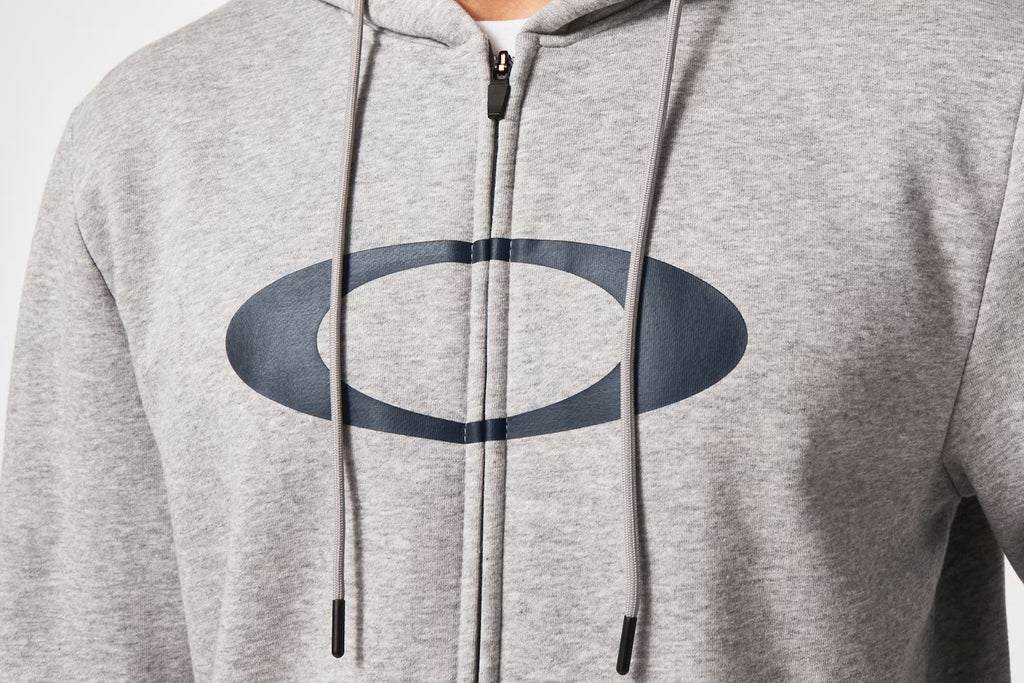
Image Source: https://www.oakley.com/en-us | Image Courtesy: Oakley
Hey there! Ever looked at the Oakley logo and wondered what’s behind those interlocking ellipses? Well, you're in for a treat! In this deep dive, we're going to explore the intriguing history and evolution of Oakley logo design. Whether you're a seasoned graphic designer or a newbie cutting your teeth in the industry, you'll find a wealth of insights here.
Since its inception, the Oakley logo has been an iconic representation of innovation and high-performance—two attributes that are central to the brand's ethos. But logos don't just appear out of thin air; they're carefully crafted to convey messages, elicit emotions, and generate recognition.
If you’re as geeked about logo design as we are, you’ll appreciate the layers of thought, design skill, and perhaps even a bit of serendipity that have shaped the Oakley emblem over the years. We'll dissect its color schemes, typography, and even the psychology behind it.
So grab your favorite design tools, sit back, and let's journey through the dynamic world of Oakley logo design. Whether you're looking for inspiration, knowledge, or just a good read, this article has got you covered!
Oakley Logo Design History
1975 - 1993
Let's dig into the formative years of the Oakley logo design from 1975 to 1993. This period is a fascinating look at how the brand initially stamped its mark in the world of sports and fashion.
In 1975, the Oakley logo came to life as a robust, extra-bold logotype that was nothing short of striking. The typeface chosen for this debut was a smooth, masculine sans-serif—perfectly in sync with the brand's rugged, performance-driven ethos. If you've got an eye for typography, you'll appreciate how almost all the letters are interconnected, creating a cohesive and united feel. Isn't it just amazing how a typeface choice can speak volumes about brand identity?
But let's take a moment to focus on what might just be the pièce de résistance of the 1975 Oakley logo design—the "K" and the "L." These two letters stand apart from the rest, and here's where it gets exciting. The negative space formed by the "K" and "L" creates a subtle triangle, which can be seen as an emblem of progressiveness and individuality. Talk about attention to detail! If you're a design aficionado, you know that negative space isn't just emptiness; it’s a canvas for creativity. And in this case, Oakley nailed it by subtly injecting a symbol of forward-thinking right into their logo.
In a field where we often talk about "less is more," the original Oakley logo design offers a masterclass in how to pack meaning and aesthetics into a seemingly simple construct. The brand took basic geometric shapes and alphabets but assembled them in such a way that it narrated a story—one of innovation, strength, and uniqueness. This makes the logo instantly recognizable, and let's be honest, that's the ultimate goal for any brand, right?
While the 1975 design went through evolutionary shifts in the years to follow, its foundational elements remained integral to Oakley’s brand image until 1993. In those formative years, the logo was more than just a mark on sports gear; it became a symbol of high performance and avant-garde design, resonating with both athletes and style mavens alike.
If you're an aspiring or established graphic designer looking to grasp how a logo can encapsulate a brand's entire persona, the early years of Oakley logo design provide some rich material for study. From typography to negative space utilization, it checks off all the boxes for effective, engaging design.
And there you have it, folks—a stroll down memory lane focusing on Oakley’s iconic design journey from 1975 to 1993. It’s a testament to the power of thoughtfully executed design elements, even in a world that seems increasingly oriented towards minimalism.

Image Courtesy: Oakley
1993 - 1997
Alright, buckle up because we're hitting the next milestone on our timeline—Oakley's logo design from 1993 to 1997. This era introduced a significant redesign that was both a departure and an homage to the original. If you're intrigued by how a brand can successfully pivot while still tipping its hat to its roots, this one's for you!
In 1993, Oakley shook up its emblem with a complete revamp. Gone was the old sans-serif, and in came a new, thick, rounded typeface. But here's the cool part: they retained those classic connecting lines between the letters, which were a hallmark of the 1975 design. It's like they said, "Hey, let's move with the times, but remember where we came from." And for anyone obsessed with brand consistency like I am, this is a winning approach in Oakley logo design.
The update didn't stop there, though. Hovering above the elongated wordmark, Oakley added an enlarged, bold "O," stretched horizontally for maximum impact. Now, before you think this was just a random design choice, let me drop some knowledge. The "O" doesn't just stand for Oakley; it echoes the brand's main focus—sunglasses. If you squint a little (or maybe just put on a pair of Oakleys), you can see how the "O" subtly mimics the shape of a lens. Genius, right?
As graphic designers, we know that every stroke, curve, and space has a purpose, and this redesign serves as a masterclass in intentionality. The interconnected letters carried forward the spirit of unity and robustness from the 1975 version, while the audacious "O" successfully captured the brand's essence in a single letter. This was a pivotal point in the journey of Oakley logo design—a modernization that managed to encapsulate the brand's evolving ethos.
So, what's the takeaway for those of us in the design trenches? It's that you can absolutely update and innovate without losing touch with your roots. Oakley's emblem from 1993 to 1997 demonstrates the fine art of balancing nostalgia with necessity, all while keeping their finger on the pulse of both fashion and functionality.
There you have it, folks—the Oakley logo design evolution continued to forge new paths during 1993-1997 while staying true to its origins. It’s not just a lesson in design but also a case study in brand storytelling. Whether you're a design veteran or still sketching out your first logo, there's a ton of inspiration to be found here!

Image Courtesy: Oakley
1997 - Present
Let's get ready for the final chapter in our thrilling journey through the Oakley logo design saga—the era from 1997 to the present day. If you're a fan of design evolutions that reflect the maturing of a brand, this part of the story is tailor-made for you!
In 1997, Oakley went back to the drawing board, and what emerged was a logo that's become synonymous with the brand today. The connected letters? Those were swapped out for a bold, straight sans-serif typeface. Unlike the earlier designs, this one opted for standalone, uppercase letters that are massive, confident, and clean. For those of you who enjoy dissecting the nuances of typography, you'll notice how this change shifted the brand's visual language from one of rugged interconnectedness to one of sturdy independence.
What's more, Oakley didn't entirely break away from its past—the contours of the emblem were refined, but the shape and color remained consistent with earlier designs. The lesson here for all of us in the design world? Evolve, but never forget your roots. That's the genius of Oakley logo design.
Hold on, we're not done! Alongside this, the brand introduced a three-dimensional emblem that's nothing short of iconic. Picture this: a gradient, voluminous oval in black, ringed with a thick silver outline. Usually, this 3D emblem is strategically placed near the logotype, and it's executed in a muted gray tone to complement the official style. This bold move into three-dimensional design elements added a new layer of depth—quite literally—to the brand’s visual identity.
Why is this '97 overhaul so significant? It's not just about the aesthetics. It’s also about the brand reasserting its identity in an ever-evolving market. By keeping the emblem’s core elements but giving the typeface a modern twist, Oakley managed to preserve its heritage while adapting to contemporary tastes.
For anyone in the design field, the Oakley logo design transformation from 1997 to the present is a vivid case study in how to strategically evolve a brand's visual elements over time. It's about finding that sweet spot between innovation and tradition, between modernity and history. So, whether you're a seasoned pro or a newbie to the design scene, take a page out of Oakley's playbook. After all, the best designs aren't just seen; they're felt and remembered.

Image Courtesy: Oakley
2000s - Present
If you thought Oakley was done tinkering with its logo, think again! The 2000s ushered in yet another phase in the Oakley logo design story, and it's one you won't want to miss. We're talking stripes, rectangles, and a whole new level of sophistication. Ready to dive in?
Let's start with the wordmark. Around the mid-2000s, Oakley gave its letters a facelift, adorning them with diagonal stripes in a sleek monochrome palette. Just when we thought the brand had settled into its chunky, standalone lettering, it comes out with this fresh spin. The stripes not only add texture and dynamism but also make the logo incredibly engaging to look at. Remember, folks, in design, the devil is in the details. It's those subtle touches like the diagonal striping that can give a logo that extra oomph, making it pop both on a retail shelf and in the digital realm.
Now, let's talk emblem. We've seen it evolve from a horizontally stretched oval to a more complex 3D shape, but the 2000s brought another transformation. Gone is the elongated oval, replaced by a rectangle with softened corners and slightly arched horizontal bars. This departure marks a more structured approach, perhaps signaling a maturity in the brand's visual language. If you're a sucker for shapes like I am, you'll appreciate how Oakley has continuously experimented with geometry in its logo design. It's like a never-ending playground of angles and curves, each version offering a new take on the brand's essence.
The fascinating thing here is the balance. Even as the Oakley logo design shifted to include these novel elements, it still maintained a sense of unity and cohesiveness with its past versions. In our ever-changing world of branding, holding onto your identity while embracing change is an art, and Oakley has clearly mastered it.
So, what can we, as graphic designers, glean from Oakley's design journey in the 2000s to the present? It's the power of subtlety and the courage to evolve. Whether it's adding texture to a wordmark or playing around with emblem shapes, Oakley shows that risk-taking, when done thoughtfully, pays off.

Image Courtesy: Oakley
Analysis: Oakley Logo Design Evolution
We've been on quite the ride, breaking down the intricate layers of Oakley's logo design evolution, right? From the rugged interconnectedness of the 1970s to the sleek diagonal stripes of the 2000s, Oakley's visual journey has been nothing short of a roller coaster. But what does all this mean for us in the design universe? In this section, we're putting on our analytical hats (or should I say, our analytical sunglasses?) to delve into five key takeaways from Oakley's ever-changing brand identity. Ready? Let's get into it.
Balancing Act Between Old and New
One of the most striking aspects of Oakley logo design is the brand's ability to modernize without erasing its roots. Through each redesign, Oakley keeps subtle elements that remind us of its origins. It's like the brand is constantly giving us Easter eggs that say, "Hey, remember me?" but in a fresh and engaging way.
Risk and Reward
Oakley isn't afraid to take risks, and that’s evident in its continuous experimentation with shapes and textures. This has allowed the brand to stand out in a crowded marketplace. For us designers, it's a vivid reminder that breaking the mold and pushing the boundaries, if done right, can spell major success.
Texture Matters
When Oakley introduced diagonal striping on the letters, it showed us that texture can breathe new life into a design. It's not just about the color scheme or the typeface; sometimes, even the smallest textural shifts can make a logo exponentially more captivating.
Geometrical Evolution
Oakley’s emblems have always had an interesting play on geometry—from horizontally stretched ovals to rounded rectangles. This geometrical play not only keeps the logo intriguing but also mirrors the brand's own evolution, telling a story through its shapes.
The Power of Color (or Lack Thereof)
Monochrome isn't dull; it’s classic. Oakley proves that sticking to a black, white, and gray palette can create a powerful, long-lasting impression. It lets the design elements do the talking, making the logo adaptable to various platforms without losing its punch.
So there you have it, fellow creatives! The Oakley logo design has had its twists and turns, but each iteration has been a lesson in balance, risk-taking, texture, geometry, and color. It's a masterclass in how to strategically evolve while keeping true to your brand's DNA. Whether you're a veteran in the game or a newbie cutting your teeth, there’s something here for everyone to learn.

The Philosophy & Meaning Behind Oakley Logo Design
Have you ever looked at a logo and wondered, "What's the story behind this?" Well, if you've been following our series on Oakley logo design, you might be curious about the deeper meanings and philosophies that have guided this iconic brand's visual evolution. Today, we're going to peel back the layers and dive into the rich symbolism and thought processes that have shaped Oakley's logos over the years. Buckle up, because this is where design meets philosophy!
Masculine Energy
From the get-go, the Oakley logo has exuded a sort of rugged masculinity. The heavy, sans-serif fonts and bold shapes are not just aesthetic choices; they reflect the brand's target audience—active individuals, often male, who aren’t afraid of a little adventure or intensity. For us in the design world, it's a lesson in knowing your audience and tailoring your design to speak their language.
Embrace of Individuality
Remember the 1975 logo, where the “K” and “L” stood apart, forming a triangle in the negative space? That wasn't just a design quirk; it symbolized individuality and progressiveness. Whether it's for sunglasses or sports apparel, Oakley has always aimed to serve people who stand out from the crowd.
Dynamic Momentum
The evolving geometry in the Oakley logo design, especially the shift from ovals to rectangles, subtly communicates the brand's focus on forward momentum and evolution. It’s like Oakley is saying, “We’re not static; we’re always moving, always improving.” It's a philosophy that many of us designers can resonate with.
Unity in Design
The recurring elements in each redesign—be it the consistent monochrome color scheme or the interconnected letters—speak to a sense of unity. Oakley has mastered the art of change without losing sight of its foundational identity, something every brand aspires to do.
Functional Aesthetics
Every design element in the Oakley logo serves a purpose; there's no fluff. The monochromatic palette ensures versatility, the geometric shapes communicate the brand's dynamic nature, and the typography emphasizes its masculine and rugged qualities. In short, form follows function, a principle that’s as philosophical as it is practical.
So there you have it—a philosophical deep-dive into the Oakley logo design. While it's easy to get lost in the aesthetics, remembering the underlying meanings can offer a fuller appreciation of a brand's visual identity. Whether you're working on a project for a start-up or rebranding an established name, these insights can guide you toward creating designs that are not just eye-catching, but soul-stirring as well.

What Can We Learn from Oakley Logo Design
We've been breaking down the Oakley logo design piece by piece, savoring every little detail and symbolic nuance. Now, it's time to answer the big question: What can we, as graphic designers, learn from Oakley's logo evolution? Whether you're a seasoned pro or a bright-eyed newbie, there are some killer takeaways from Oakley's branding journey that can apply to your own creative work. So, let's hit those learning curves and get into it!
Knowing Your Audience is Key
One of the strengths of Oakley's design strategy is a keen understanding of its target audience. The rugged, masculine undertones of the logo perfectly align with their consumer base. As designers, we must never underestimate the power of consumer research. Know who you're designing for, and let that knowledge guide your creative decisions.
Never Fear Change
Oakley’s willingness to adapt and update its logo without losing its brand essence is a masterstroke in flexibility. The takeaway for us? Don’t be scared to shake things up. Whether it's a subtle update or a radical redesign, change can be good, as long as it’s well-thought-out and stays true to the brand’s core identity.
Consistency is Golden
Even as Oakley switched things up over the years, certain elements remained consistent—like its monochrome color palette. Maintaining some level of consistency, be it color, typography, or imagery, can help sustain brand recognition over time. This is a critical lesson for anyone working on long-term branding projects.
Small Details, Big Impact
Oakley showed us how minor elements like diagonal stripes or subtle changes in geometry can make a world of difference. As designers, we should never overlook the minor details; often, they’re the ones that turn a good design into a great one. Take time to sweat the small stuff.
Form Follows Function
Every aspect of the Oakley logo design serves a specific purpose, whether it's the rugged typeface or the dynamic geometric shapes. It's a brilliant example of how form should follow function in design. Make sure every element in your design has a reason for being there; otherwise, it's just visual noise.
The Oakley logo design is more than just a pretty face—it's a case study in effective, meaningful design. From understanding your audience to sweating the small details, these lessons can help you up your design game, no matter what kind of projects you're working on.
Conclusion
And there we have it, design buffs! From its roots in the '70s to its modern iterations, the Oakley logo design journey is a treasure trove of insights for any graphic designer. We've dug into its history, pondered its philosophy, and even teased out some actionable lessons for our own creative quests. So the next time you're stumped on a project, remember: sometimes the best inspiration comes from studying the masters. Whether you're a seasoned pro or just starting out, Oakley's approach to branding offers something for everyone. Keep designing, keep learning, and until next time—stay creative!
Let Us Know What You Think!
These fantastic logo design articles are written and curated by Kreafolk's team. We hope you enjoy our information and remember to leave us a comment below. Cheers!

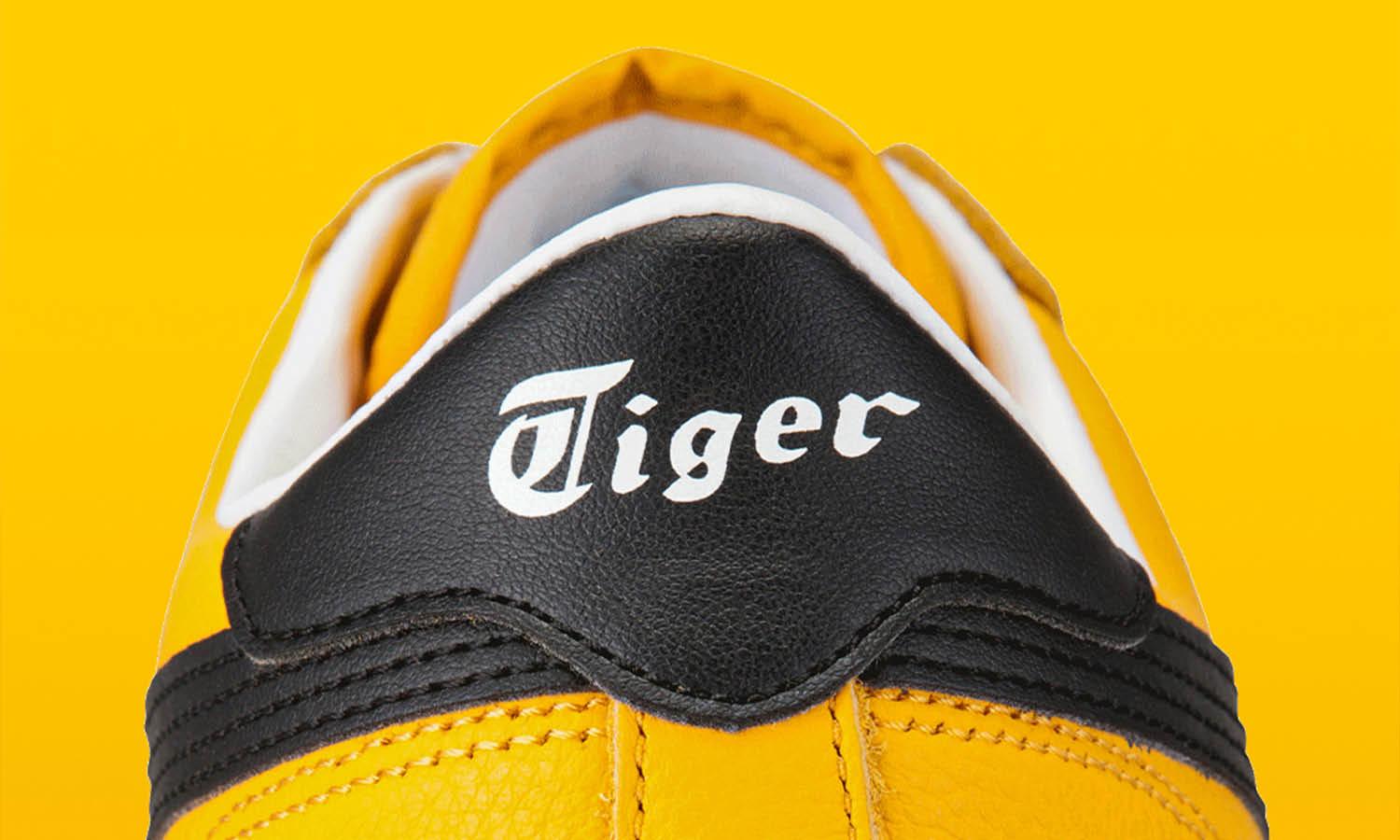
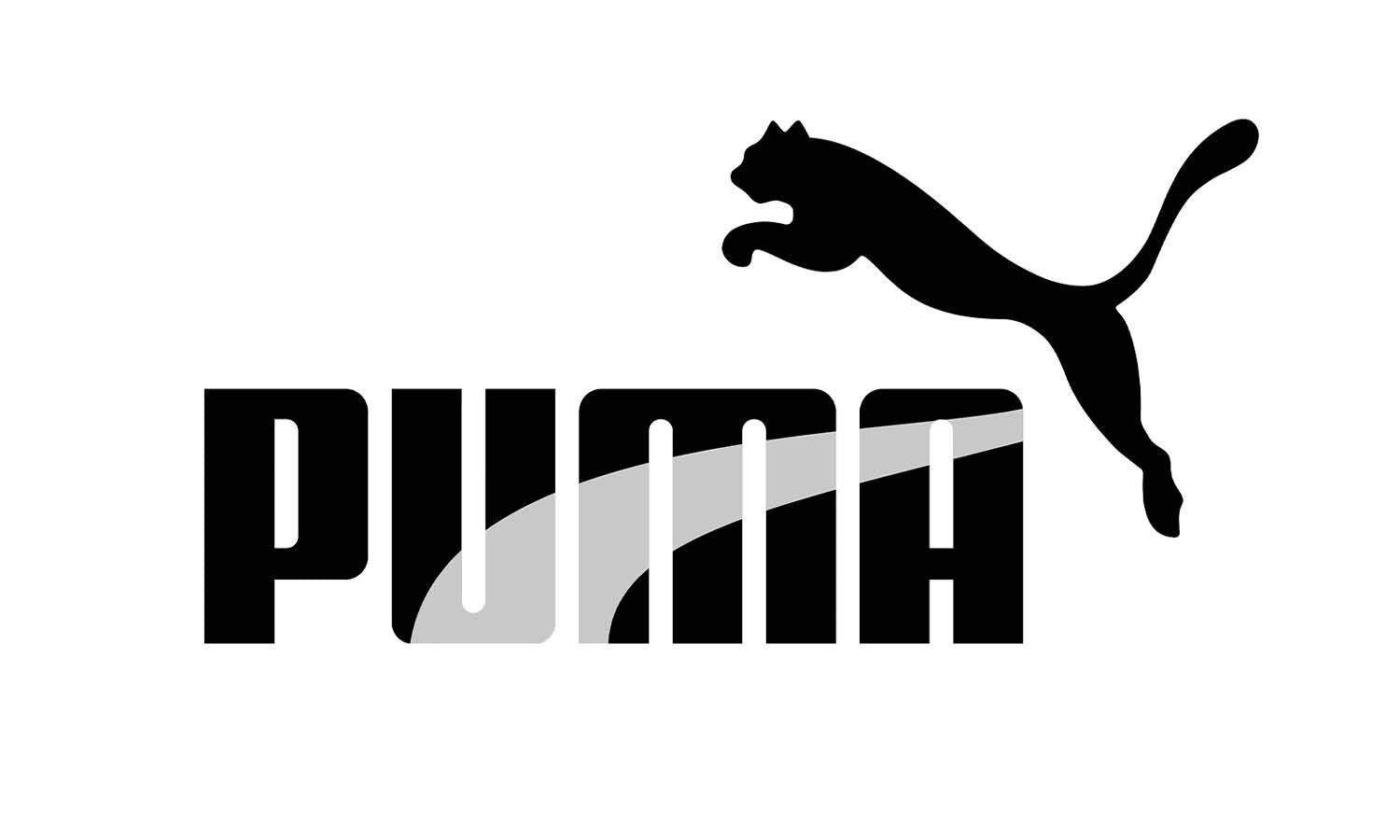
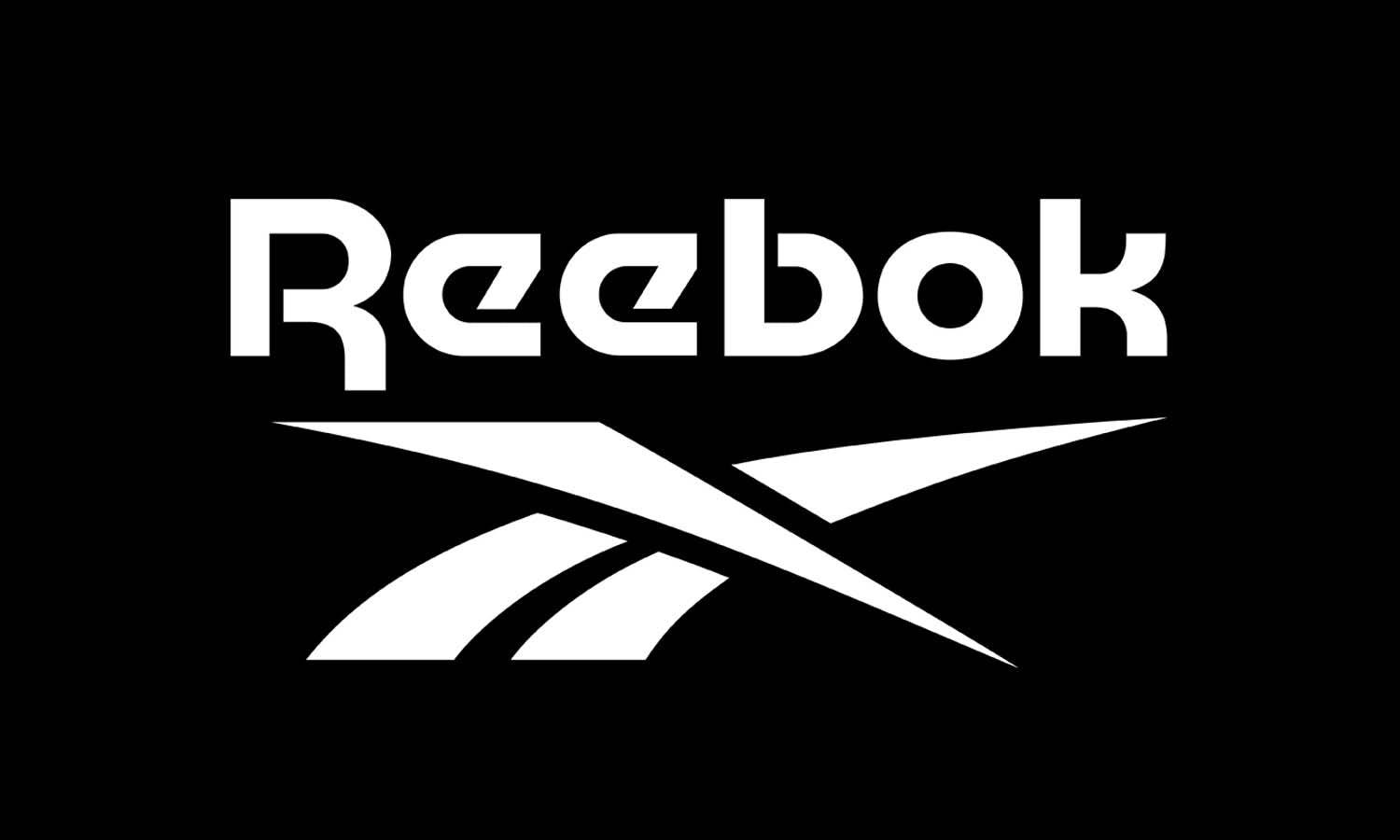

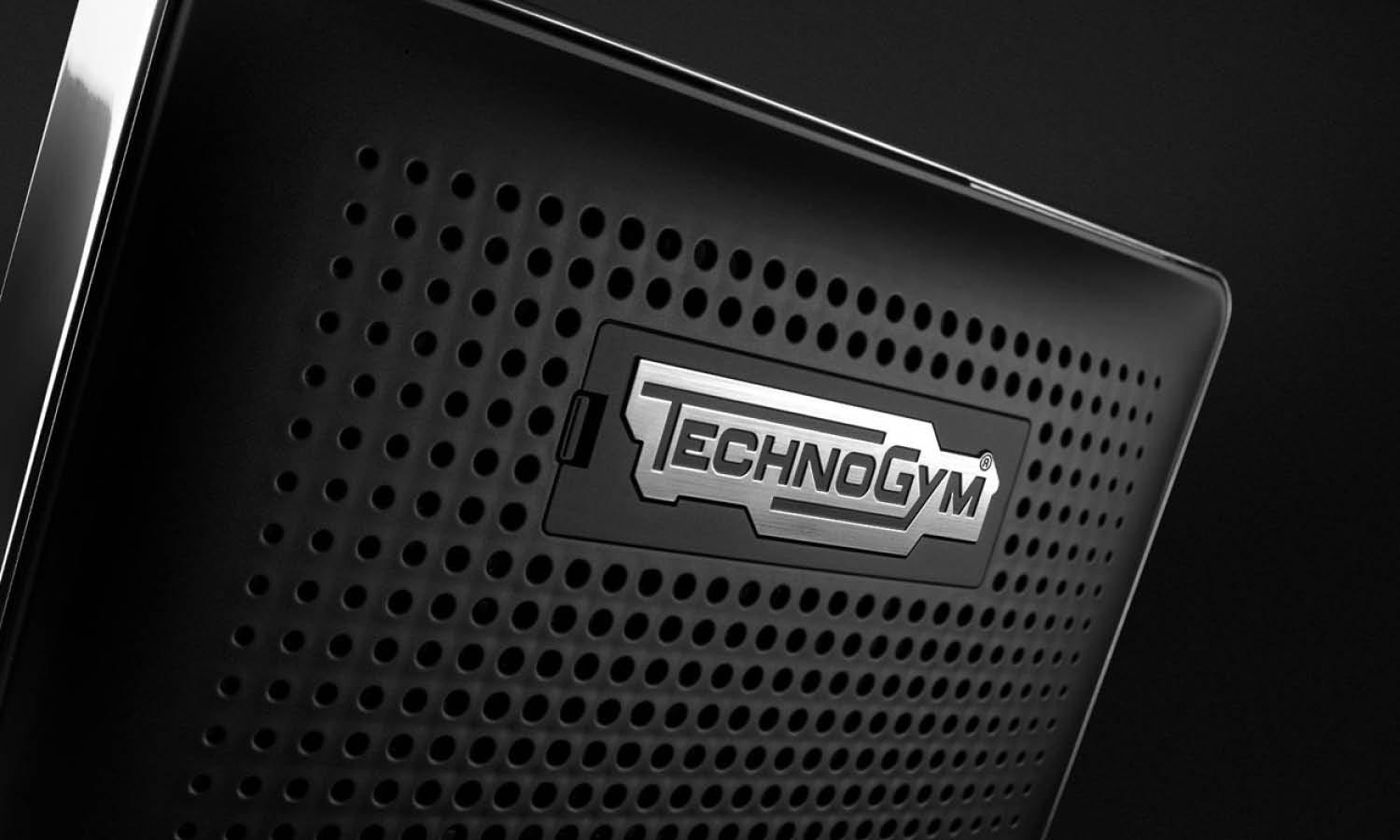
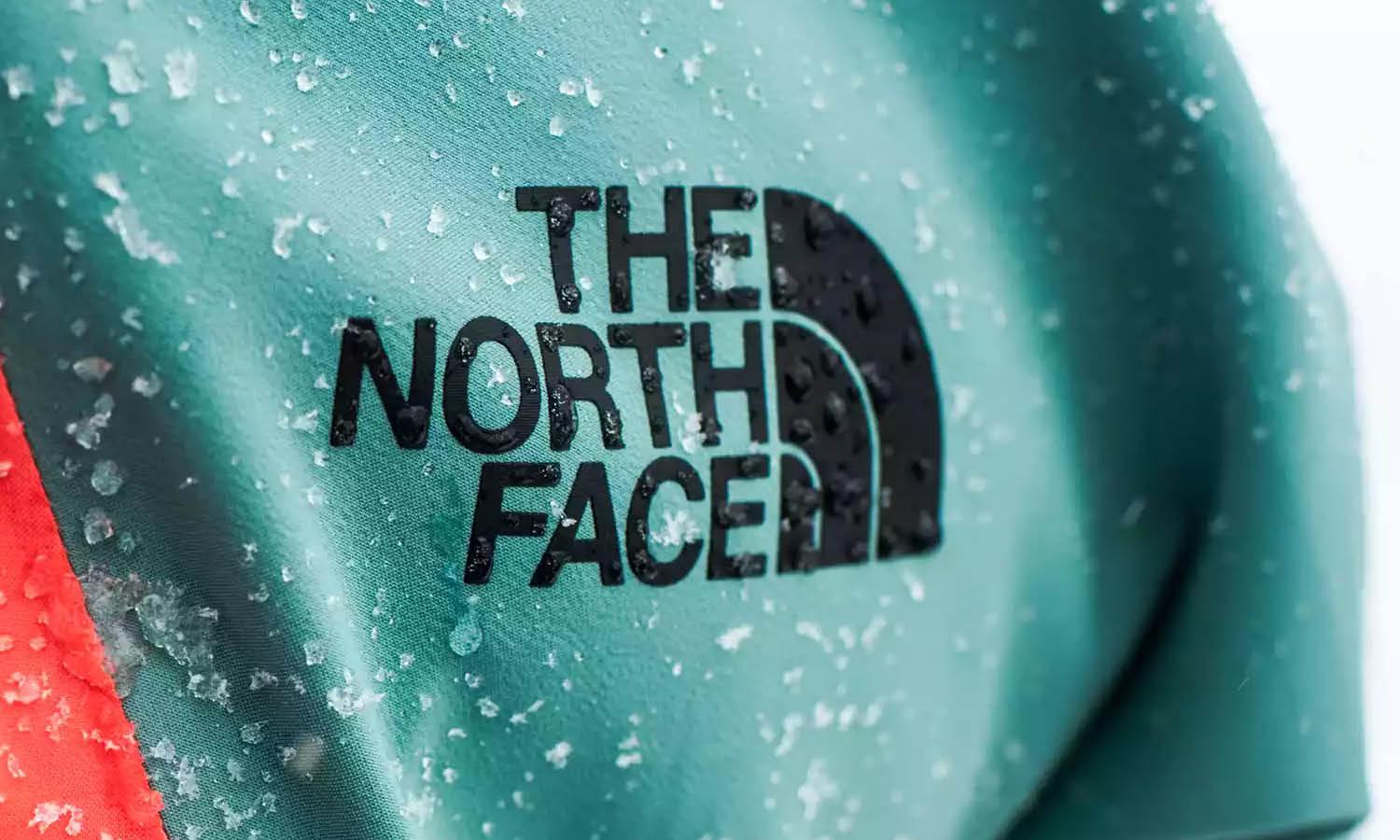









Leave a Comment